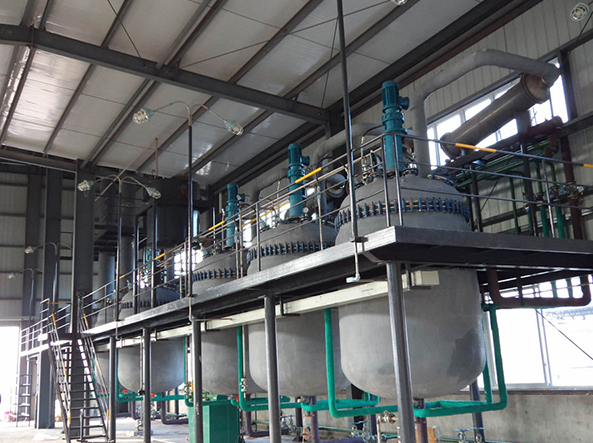Dioxolane and dioxane are both organic compounds belonging to the class of cyclic ethers. While they share some similarities in their chemical structures and properties, there are notable differences between the two compounds. In this article, we will explore the dissimilarities between dioxolane and dioxane in terms of their structure, physical properties, synthesis methods, and applications.
1. Chemical Structure:
Dioxolane, also known as 1,3-dioxolane, has a molecular formula of C3H6O2. It consists of a six-membered ring containing two oxygen atoms and three carbon atoms. The oxygen atoms are adjacent to each other in the ring, resulting in a cyclic structure. The carbon atoms are saturated, and each carbon atom is bonded to a hydrogen atom.
Dioxane, also referred to as 1,4-dioxane, has a molecular formula of C4H8O2. It features a larger six-membered ring with four carbon atoms and two oxygen atoms. Similar to dioxolane, the oxygen atoms in dioxane are adjacent to each other within the ring. The carbon atoms in dioxane are also saturated, with each carbon atom bonded to a hydrogen atom.
2. Physical Properties:
The differences in the chemical structures of dioxolane and dioxane lead to distinct variations in their physical properties.
Dioxolane is a colorless liquid with a slightly sweet odor. It has a boiling point of around 75°C (167°F) and a melting point of -47°C (-53°F). Dioxolane is miscible with water and many organic solvents.
Dioxane is also a colorless liquid, but it has a characteristic ether-like odor. It has a higher boiling point than dioxolane, with a value of approximately 101°C (214°F), and a melting point of 11.8°C (53.2°F). Like dioxolane, dioxane is miscible with water and many organic solvents.

Dioxolane Plant
3. Synthesis Methods:
Dioxolane and dioxane can be synthesized through different methods.
Dioxolane can be prepared by the reaction of formaldehyde with ethylene glycol or ethylene oxide. The reaction typically occurs in the presence of an acid catalyst, such as sulfuric acid or p-toluenesulfonic acid. The resulting mixture is then distilled to isolate and purify dioxolane.
Dioxane is commonly produced by the acid-catalyzed dehydration of diethylene glycol or ethylene glycol. Sulfuric acid is commonly used as the catalyst for this reaction. The reaction generates water as a byproduct, which is removed through distillation to obtain pure dioxane.
4. Stability and Reactivity:
Dioxolane and dioxane exhibit different levels of stability and reactivity.
Dioxolane is a relatively stable compound, especially in the absence of reactive substances or extreme conditions. However, it can undergo ring-opening reactions in the presence of strong acids or bases. These reactions involve the cleavage of the cyclic structure, resulting in the formation of open-chain compounds.
Dioxane is also considered a stable compound under normal conditions. However, it can react with strong oxidizing agents, such as chromic acid or potassium permanganate, leading to the oxidation of the carbon atoms in the ring.
5. Applications:
Dioxane and dioxolane find applications in different industries due to their distinct properties. Dioxolane is commonly used as a solvent for various organic reactions, particularly in the synthesis of pharmaceuticals, dyes, and polymers. It is also employed as a stabilizer for some chlorinated solvents and as a component in electrolyte solutions for lithium-ion batteries.
Dioxane, with its higher stability and solubility characteristics, has a wider range of applications. It is primarily used as a solvent for a variety of substances, including oils, waxes, resins, and cellulose derivatives. It is also utilized in the manufacturing of adhesives, inks, paints, and varnishes. Additionally, dioxane serves as a reaction medium in certain chemical reactions and as a swelling agent for natural and synthetic fibers.
In summary, while dioxolane and dioxane share similarities in terms of being cyclic ethers, they differ in their chemical structures, physical properties, stability, solubility, toxicity, and applications. Understanding these distinctions is crucial for their appropriate use in various industries and ensuring safety in handling these compounds.
















